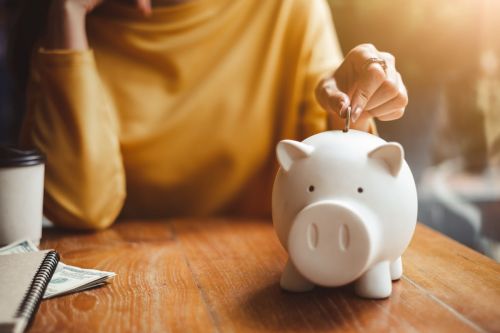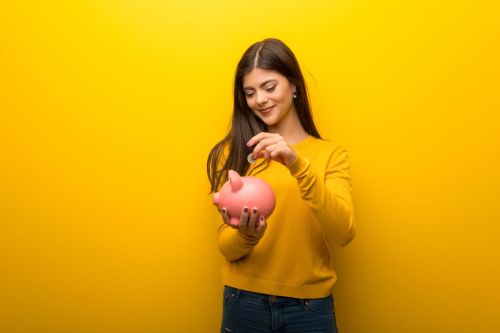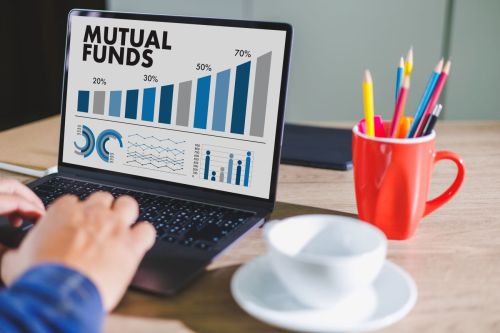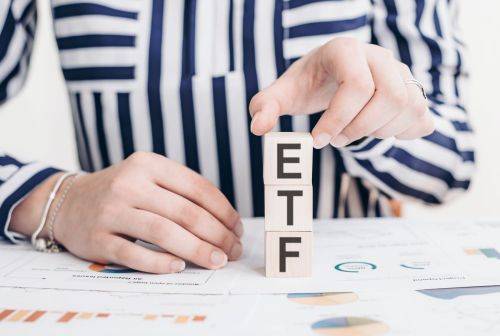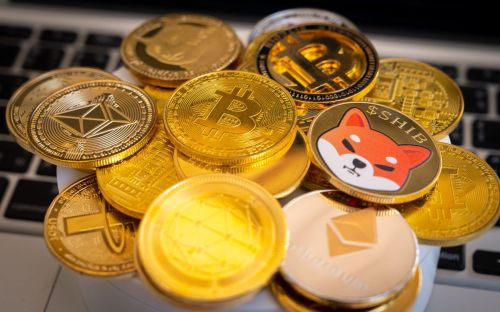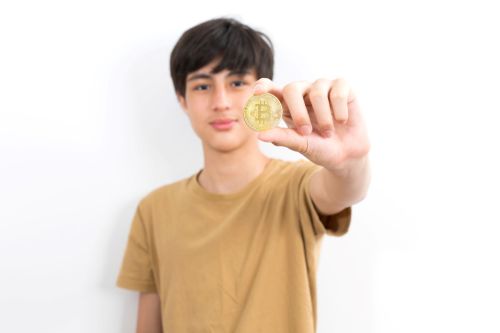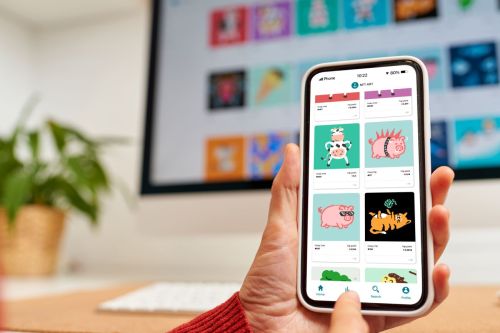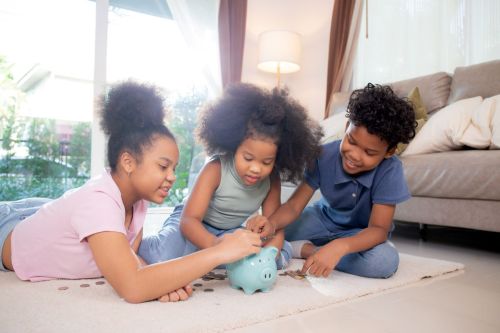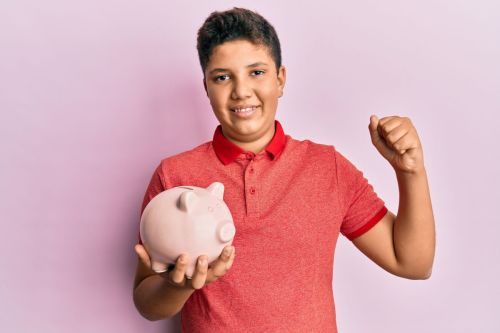NFTs 101: A Guide for Parents and Teens
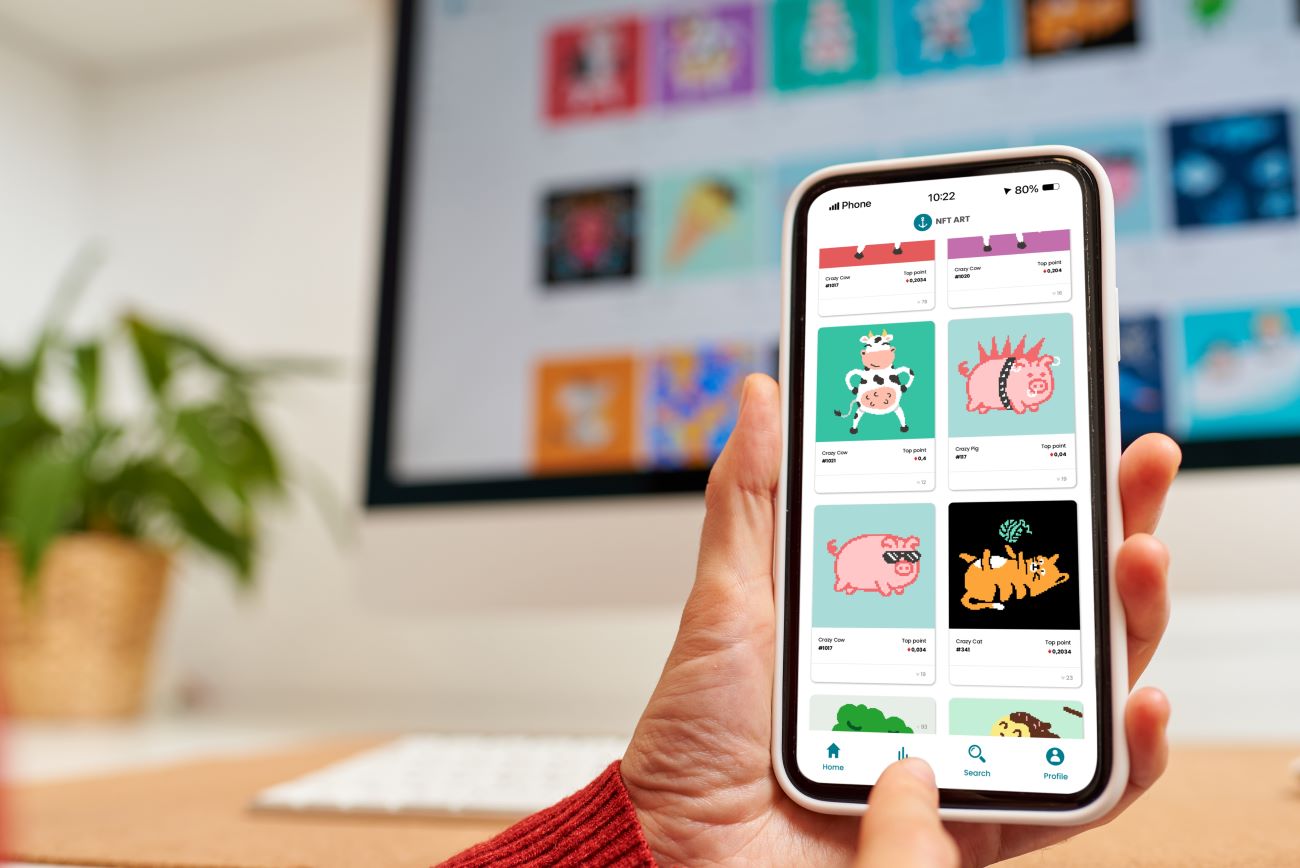
“What is an NFT?” is a question that many (many) of us began asking ourselves back in March 2021. The acronym hit the headlines after an NFT (or non-fungible token—more on what “fungible” means later) was sold online at Christie’s for more than US$69 million.
Since then, celebrities and athletes such as Snoop Dogg, Diplo, Gwyneth Paltrow, Paris Hilton, Serena Williams, Stephen Curry, and Kevin Hart have gone on record to talk about NFTs—making them, selling them, and owning them. But what is an NFT, really? And should you or your teen invest in one? Those are the big questions we’ll tackle here.
Key takeaways
- NFT stands for non-fungible token—they’re typically a digital asset that’s irreplicable and unique
- NFTs are bought and sold on the blockchain like cryptocurrency, but they’re not the same thing
- NFTs are purchased with cryptocoin like Ethereum
- Celebrities and sports stars are getting into the game, both buying and selling art on NFT marketplaces
- As an investment, NFTs are considered risky—unlike a stock, they have no set value, so the price can fluctuate a great deal
What is an NFT?
NFTs are the new kids on the blockchain. Like cryptocurrencies, they exist primarily in the digital world. Unlike cryptocurrency, their name doesn’t exactly roll easily off the tongue—what’s with the word “fungible”?
Fungible vs non-fungible
Fungible means that an item is interchangeable or replaceable by an identical item. Gold bars are fungible. Hard currency like the Canadian dollar is fungible. An unopened box of macaroni and cheese is fungible (but becomes non-fungible once you tear it open).
An easy way to know whether or not an item is fungible is to think of using it as money. And while you probably can’t buy a new pair of sneakers with a bunch of boxes of KD, things like beads, grain, and corn were once fungible assets in the ancient world and used as payment before currency was a common thing.
What, then, is a non-fungible token? Simply put, it’s a unique digital asset, often a work of art or a collectible, which is signed by the artist, authenticated, and stored on the web. It could be a digital painting, a recording of a song, or even a GIF. Sometimes, though not as often, an NFT is a digital representation of a real-world material item. Adidas, for example, collaborated with NFT company Bored Ape Yacht Club (BAYC) on a project called Into the Metaverse that let NFT buyers use their tokens to access exclusive Adidas merch like hoodies and jackets at no extra cost beyond the original price of the token.
Non-fungible means that an item, like a piece of music or digital art, is unique, one-of-a-kind, and irreplicable. You can’t just trade it for an identical item because there isn’t one. An example of a non-fungible item outside the world of NFTs would be a diamond (since each stone is unique) or real estate.
The technology behind NFTs has been around since 2014, but people only really began paying attention to it recently.
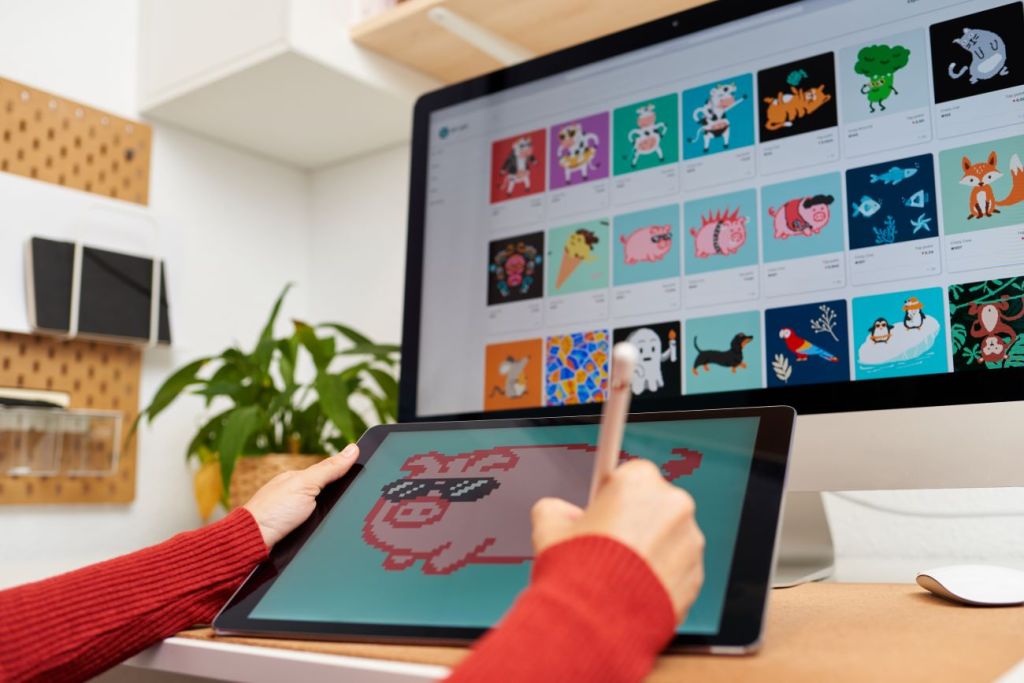
Why are NFTs popular?
Contemporary history has seen other people profit off of the work of artists. Record labels and online streaming services get money for a musician’s music, film studios are paid for movies made by actors and directors, and galleries charge admission for art exhibitions. NFTs have the potential to allow artists to sell their work directly to audiences, though, in some cases, it’s at a price not many people can afford.
In terms of cost and uniqueness, NFTs are more similar to an original painting hanging in a gallery than to a print of that same painting you’d pick up at the gallery gift shop. They’re one-of-a-kind items, or items created in a super-limited run.
Anyone can make an NFT (just look at the drawing Paris Hilton made of her cat, which was purchased as an Ethereum NFT for US$17,000), but when it comes to selling them, it certainly helps to have either a famous name or a ton of artistic talent. Lindsay Lohan made an NFT. So did skateboard legend Tony Hawk, DJ Steve Aoki, Canadian singer Shawn Mendes, Twitter co-founder Jack Dorsey, and supermodel Kate Moss.
With world-famous celebrities like these promoting the concept, it’s no surprise we keep talking about NFTs.
How do NFTs work?
OK, let’s take this back to a blockchain to begin. That’s where most cryptocurrencies also operate. You can think of the blockchain as home to a digital record of every transaction (list, buy, or sell) that happens there, including the buying and selling of NFTs. The Ethereum blockchain is the most common place for NFTs to be bought and sold.
This digital record allows potential buyers to look up the transaction history of an NFT to see what it sold for every time it changed hands (or digital wallets). The wallets are another part of the equation. A digital wallet (also sometimes referred to as an e-wallet) that’s compatible with non-fungible tokens is where those tokens may be stored (or they could be stored on the web, depending on their size).
Hilton’s cat drawing could go up or down, depending on Hilton’s popularity or how many cat drawings she decides to turn into NFTs in the future. Generally, the rarer a work of art is, the more it’s worth (that is, if it’s art that people want).
An NFT doesn’t have to be a song like the one Lohan released, or a piece of visual art like Hilton’s drawing. Like we said earlier, it can also be a video clip, a GIF, an audio recording, an ebook, an avatar in your favourite video game, or even a tweet.
Get this: Jack Dorsey has NFT-ized, or minted, his first post ever on Twitter and sold it for over US$2.9 million.
The key thing about the way that NFTs work is that they authenticate ownership of a digital asset. Even if everyone with an internet connection can view the asset (or a copy of it), the individual who bought the NFT is the owner. It’s kind of like how Scooter Braun once owned the master recordings of a bunch of Taylor Swift albums—anyone could play her records, but Braun possessed the originals.
Are NFTs the same as cryptocurrency?
NFTs can credit some of their massive popularity to the cryptocurrency trend, but while the two are definitely linked by blockchain technology, they’re not the same thing. Each lives on the blockchain, but while cryptocurrency is a fungible asset (meaning that you can exchange one Bitcoin or one Dogecoin for another), NFTs, as we’ve learned, are not.
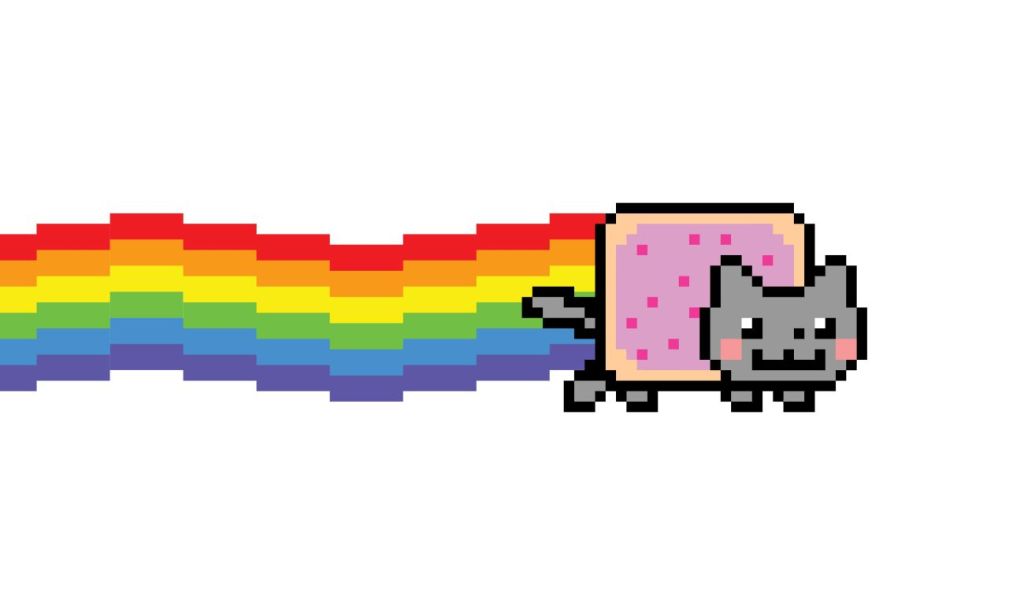
What are the most popular NFTs?
Some examples of well-known NFTs include the US$69 million digital collage EVERYDAYS: The First 5000 Days by artist Beeple. It’s what pretty much kicked off this current NFT craze. There’s also Snoop Dogg’s A Journey with the Dogg, which was a limited collection that included artwork, a new song, and a recording of the rapper chatting about his early career.
Canadian pop artist Grimes made a collection of digital art titled WarNymph. It consists of 10 digital works that have earned her around US$6 million.
Brands have entered the NFT game, too. When Taco Bell launched a marketing campaign selling taco-themed digital art for only a dollar, they sold out in under 30 minutes. Buyers then resold those NFTs—some for more than US$3,646!
Major league sports, especially the NBA, are investing in NFTs by selling unique highlight reels of some of the league’s biggest stars as tokens. These NFTs are branded as next-level trading cards and can command several hundred thousand dollars each.
Thanks to NFTs, you can also own your own meme—just ask the person who bought the NFT of Pop-Tart-shaped Nyan Cat for nearly half a million U.S. dollars.
One of the most interesting NFT projects was created by model and author Emily Ratajkowski, who bought an appropriated image of herself on canvas by artist Richard Prince, photographed herself with the work, then sold the digital image as an NFT for nearly twice what Prince’s canvas cost her.
How can you buy an NFT?
Here’s how to buy an NFT: before your teen begins, they need to be equipped with the right digital tools. One of those tools is a cryptocurrency like Ether (the most common currency for NFT marketplaces).
The first step is to open an account on a platform where the buying, selling, and saving of this kind of digital currency goes down. Next, make a transaction: depositing Canadian dollars into the account via an Interac e-Transfer from your teen’s bank or charging the purchase to a credit card.
Once that’s done, teens are ready to buy cryptocurrencies like Ether or Bitcoin. With their digital wallet loaded with crypto, they can now take those coins to an online market where they can shop for NFTs. There are a bunch of different digital marketplaces where browsing, bidding, and buying happen.
Popular NFT marketplaces
Here are some popular NFT marketplaces. However, your teen should do their research first to see which marketplace is best for them:
1. OpenSea.io
OpenSea gets bragging rights as the first to debut on the NFT scene and it’s one of the biggest. Signing up is quick and easy, and browsing through work by thousands of incredible artists can be more fun than swiping through TikTok. It may even inspire your teen to create an NFT of their own.
2. Rarible.com
The cool thing about both OpenSea and Rarible is that they’re peer-to-peer marketplaces with a true community-run vibe. Rarible users have a say in how the platform functions. The platform allows purchases using Ethereum, Flow, and Tezos.
3. Foundation
Foundation has a more exclusive artist base stemming from the fact that sellers require an invite to post their NFTs. It also allows artists to receive royalties each time the NFT is resold to a new collector. The works here can be more expensive, but if NFTs remain popular, they may also have a higher resale value.
4. Sturdy Exchange
Sturdy Exchange is a curated NFT marketplace that acts as a mediator between artists and collectors (as opposed to peer-to-peer marketplaces, like Rarible and OpenSea). The platform was created by Shawn Mendes’ manager, who was inspired to build it after Mendes launched a successful collection of NFTs on OpenSea.
5. Mintable
Backed by American billionaire Mark Cuban, Mintable takes its name from the process of “minting” NFTs—listing them for purchase on the blockchain as a unique token. This no-extra-fees platform allows artists to mint for free to begin selling or auctioning off their work. The platform sells everything from digital visual art to ebooks.
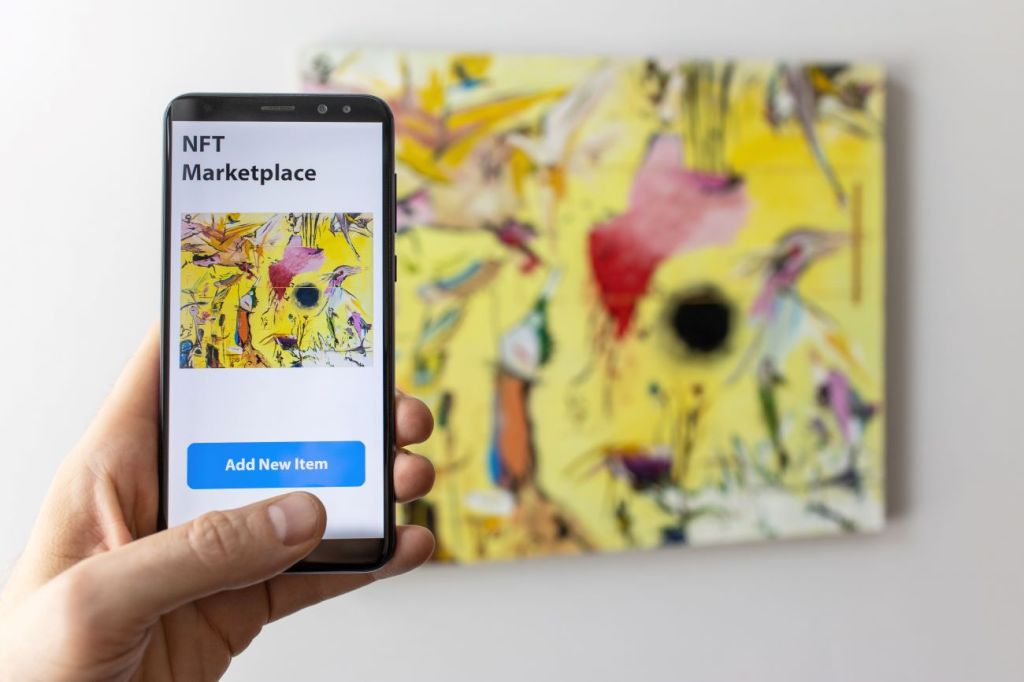
How old do you have to be to buy an NFT?
Because most reputable cryptocurrency exchanges (like Coinbase or Binance) require users to be 18 years of age or older, it is difficult to buy and sell NFTs if you’re underage in Canada. These policies aim to prevent fraud and protect kids from online scammers. Therefore, without access to cryptocurrency platforms, kids need to rely on adults to conduct transactions alongside them.
One option for kids and teens who want their own NFTs and cryptocurrency is for adults to buy them a hardware wallet—a secure, PIN-protected device that plugs into your computer like a USB stick. This is also called a “cold wallet” because it isn’t connected to the internet unless a translation is being made. These transactions should still be done by adults, but having the hardware wallet can help kids feel like the assets truly belong to them.
Are NFTs a good investment?
To NFT or not to NFT? Now that you know what NFTs are, that is the question. Even though they’ve been around since 2014, the staying power of NFTs has yet to be revealed. Are they a trend that will eventually disappear, or are they the next big thing in investment products? It’ll take more time to figure that out.
Here’s the current state of play: the value of an NFT can be pretty unpredictable. This means that investing in them is probably a gamble. Of course, some gambles pay off (who knew those Taco Bell NFTs were going to be so spicy?), and buyers who purchase an NFT at a low price may be able to sell it for a lot more. This isn’t, however, the typical outcome.
Instead of “investing” in NFTs, it might be better for teens to think of the transaction as “buying” them. If they love the artwork and are willing to pay the asking price, owning it should be enough. If it happens to appreciate in value, view it as a bonus.
There are also three other factors to consider when investing in an NFT:
1. High transaction fees – The first is that NFT transactions often have sizable costs attached called “gas fees,” which are meant to offset the computing power used by the network. These can total as much as a few hundred dollars and get tagged onto the cost of your purchase.
2. Counterfeits, phishing and hackers – The second drawback is the risk of your teen being scammed into buying copied, inauthentic artwork, or having your account hacked and their NFT stolen. Read more about how teens can shop online safely.
3. Environmental costs – Finally, there’s the environmental cost to consider. Operating the blockchain and maintaining a secure record of every transaction consumes a lot of energy. One artist calculated his NFT drop of six short videos used as much energy as his studio would consume in two years.
Ultimately, the decision to purchase any type of asset boils down to matters of financial literacy and responsibility. Mydoh works as a conversation starter for parents and is designed to equip kids and teens with the kind of knowledge and guidance they need to navigate the financial landscape—both online and IRL.
Download Mydoh and help build the foundation of financial literacy for your kids and teenagers.
This article offers general information only and is not intended as legal, financial or other professional advice. A professional advisor should be consulted regarding your specific situation. While the information presented is believed to be factual and current, its accuracy is not guaranteed and it should not be regarded as a complete analysis of the subjects discussed. All expressions of opinion reflect the judgment of the author(s) as of the date of publication and are subject to change. No endorsement of any third parties or their advice, opinions, information, products or services is expressly given or implied by Royal Bank of Canada or its affiliates.


